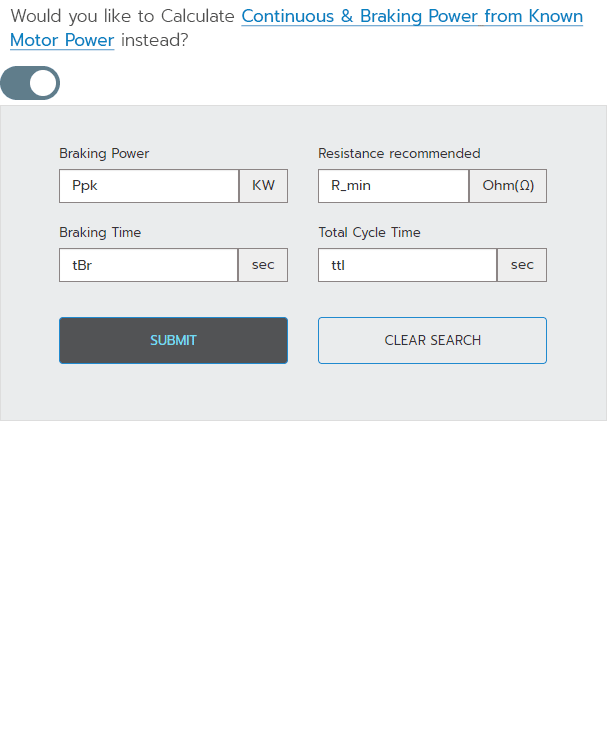

It is also shown that the energy dissipation caused by the capillary-wave-induced phenomena can be estimated to be 25-35% and 55-65% of the total energy loss for a hydrophilic and a hydrophobic surface, respectively, at the low Weber number regime. The capillary waves are found to play significant roles in all of the important flow physics, i.e., the interfacial structure, the oscillatory motions and the rapid collapse of the liquid film, the onset of the viscous regime, and the energy loss mechanism. Particular attention is also paid to the roles of the capillary waves. The conventional energy-balance-based approaches are found to be valid only for the spreading process on a hydrophobic surface. The energetic analysis presented in this study shows that on a hydrophilic surface, the actual primary energy source driving the spreading process is the initial surface energy not the initial kinetic energy. In this study, we investigate the energy conversion and dissipation mechanisms of spreading droplets on a solid surface at a low Weber number regime, which neither conventional energy-balance-based theories nor empirical scaling laws can completely explain. Finally, this Review outlines future perspectives and research directions in complex droplet impact physics. Furthermore, numerous advancements of droplet impact on solid surfaces related to advanced technologies and challenges including printed electronics, smart biomaterials, tissue engineering, machine learning, and COVID-19 pandemic were reviewed. Substrates with various wettability and physical features were considered: hydrophilic, hydrophobic, superhydrophobic, smooth, rough, and flexible elastic surfaces.

Second, droplet impact physics on numerous solid surfaces was discussed. Therefore, this Review initially focuses on liquid–solid interfacial science. Given the significance of droplet impact physics for healthcare and electronics, it is recommended for the scientific community to direct research studies to profound the understanding of such complex physics. Features of droplet impact physics and surface wettability necessitate elaborate solid–liquid interactions. Droplet, upon impacting onto substrates, can deposit, spread, bounce, and splash. Over the last decade, expeditious advancement of novel functional interfacial surfaces, high-speed visualization, nanoscience, nanotechnology, machine learning, and computational power, as well as the connection of flow physics with interfacial science, have contributed to enhancing the understanding of relevant complex physical phenomena.
IMPACT DYNAMICS CALCULATOR SOFTWARE
The FE model using COMSOL 6.0 Multiphysics commercial software is used to verify the analytical results.ĭroplet impact dynamics is an interfacial phenomenon that is shown everywhere in nature and is the underlying of numerous technological applications including bio-printing, tissue engineering, pharmaceuticals, fight against COVID-19 pandemic, smart biomaterials, and flexible electronics. The rainfall droplets' peak impact forces are obtained analytically due to the nonlinear behavior of the beam using the Euler-Bernoulli thin beams assumptions.
IMPACT DYNAMICS CALCULATOR PC
The voltage signal is intended to be transferred to the PC via a data acquisition system. A proof mass is added to the middle of the beam to amplify the magnitude of the measured voltage signal. Accordingly, the well-known genetic algorithm (GA) automated optimization technique is utilized in this paper to enhance the measured voltage signal. This is accomplished by having the first critical buckling load of the device as less than the impact force of the rainfall droplet. The proposed device is designed for optimal performance in terms of the amount of voltage that can be measured. The proposed sensing device is composed of a bimorph simply supported composite-piezoelectric beam that buckles due to the effect of the rain droplets' vertical impact force. The rainfall droplet is set to collide on a very thin aluminum plate with negligible mass that can be presented geometrically as an extended segment of the proposed sensing device. Constructing a sense for the impact force of rainfall droplets has great implications in many real-life applications that can provide vital information regarding the amplifications of the impact force of rainfall on soil erosion, and the impact on small creatures and plants, etc. The motivating sensor is utilized to measure the peak impact forces of rainfall droplets for further analysis and processing. In this paper, rainfall droplet impact force is transformed into a measurable voltage signal output via the piezoelectric material direct effect utilized for sensing purposes.


 0 kommentar(er)
0 kommentar(er)
